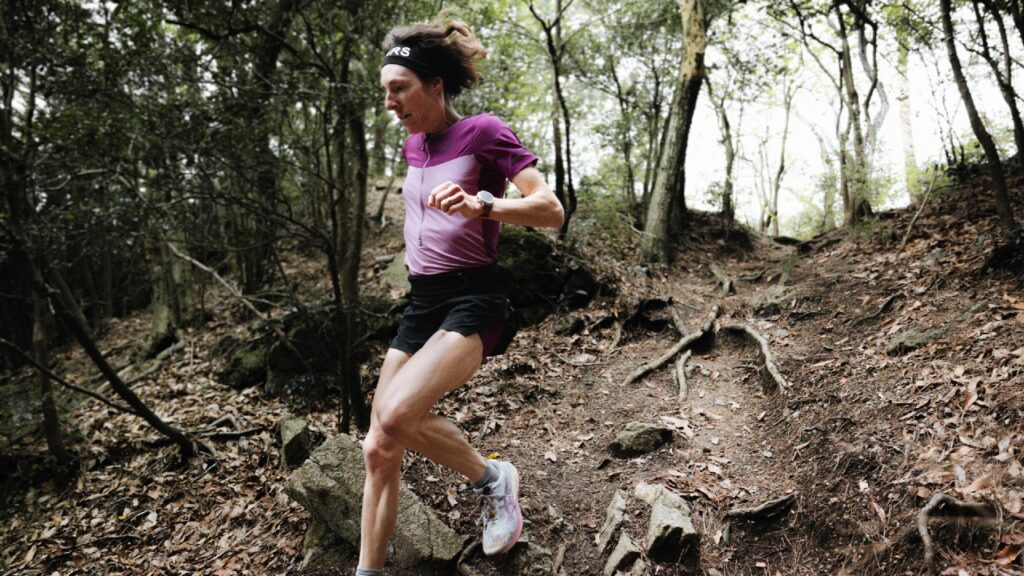Transitioning from road running to trail running and ultra marathons presents new challenges, especially when it comes to tackling technical terrain. While navigating steep climbs and slippery mud are demanding, it’s often the downhill sections that pose the greatest difficulty for runners. Not only does descending on tricky paths create physical strain, but it also can be a significant mental hurdle, as overcoming the fear associated with steep descents is essential for performance. If you’re finding that your downhill running skills are hindering your overall speed, this article provides expert tips and insights from renowned coach and ultra runner Jayson Cavill.
Building Confidence for Downhill Running
Improving your downhill running is more about overcoming psychological barriers than it is about physical limitations for many runners. Coach Jayson Cavill emphasizes the importance of confidence in mastering downhill techniques. According to Cavill, understanding your mental struggles can help you break through the fear and learn to run downhill more effectively. “When we try to think our way down the hill, we slow ourselves down,” he explains. Instead, practice until the technique becomes second nature to you.
Practice Makes Perfect
To enhance your confidence, it’s crucial to practice frequently. Cavill compares downhill running to his experiences in downhill mountain biking. Just as mountain bikers rehearse specific trails repeatedly to build confidence before races, runners can adopt a similar approach. Identify a manageable descent that challenges you and focus on running it multiple times, gradually increasing your speed while staying relaxed. This method reinforces muscle memory and allows you to carry newfound confidence into other sections of downhill running.
Drills to Enhance Coordination
Improving your downhill running speed also involves enhancing your foot placement coordination. Cavill suggests work that allows you to trust where you’re putting your feet without constantly looking down. Incorporating drills such as ladder exercises can train your body to maintain form without the need for visual confirmation of foot placement. The goal is to develop agility and confidence, allowing you to keep your eyes up and focus ahead while navigating challenging terrain.
Essential Strength Training for Downhill Resilience
While mental preparation is crucial, physical strength training can significantly enhance your ability to withstand the demands of downhill running. During descents, your quadriceps endure significant eccentric loads that can lead to fatigue, especially in longer events like ultra marathons. To build resilience against these forces, specific strength exercises should be incorporated into your workout regimen.
Effective Strength Exercises
Here are three key strength exercises designed to improve your downhill running performance:
1. Split Squats
Split squats are excellent for building strength and stability while mimicking the single-leg load experienced during downhill running. Aim for 10-12 reps per leg across 2-3 sets while focusing on balance and correct form.
2. Step Downs
This exercise emphasizes the eccentric phase of movement, allowing your muscles to adapt to handle the loads experienced during downhill running. Perform 5 reps per leg, ensuring you control the movement throughout.
3. Reverse Lunges with a Twist
These lunges promote strength in your posterior chain while challenging your core stability, which is vital for maintaining balance during downhill runs. Complete 10-12 reps per side, alternating for a full circuit workout.
Train for Success on Race Day
As you integrate these strength and coordination techniques into your training, you will begin to notice improvements in your downhill running performance. Combining mental strategies with physical preparation equips you with the skills to handle technical descents more effectively. Consider adding strength training sessions and downhill practice after your medium-long runs to adapt your body to manage loads under fatigue. For more comprehensive training advice and tips, visit our training section.
